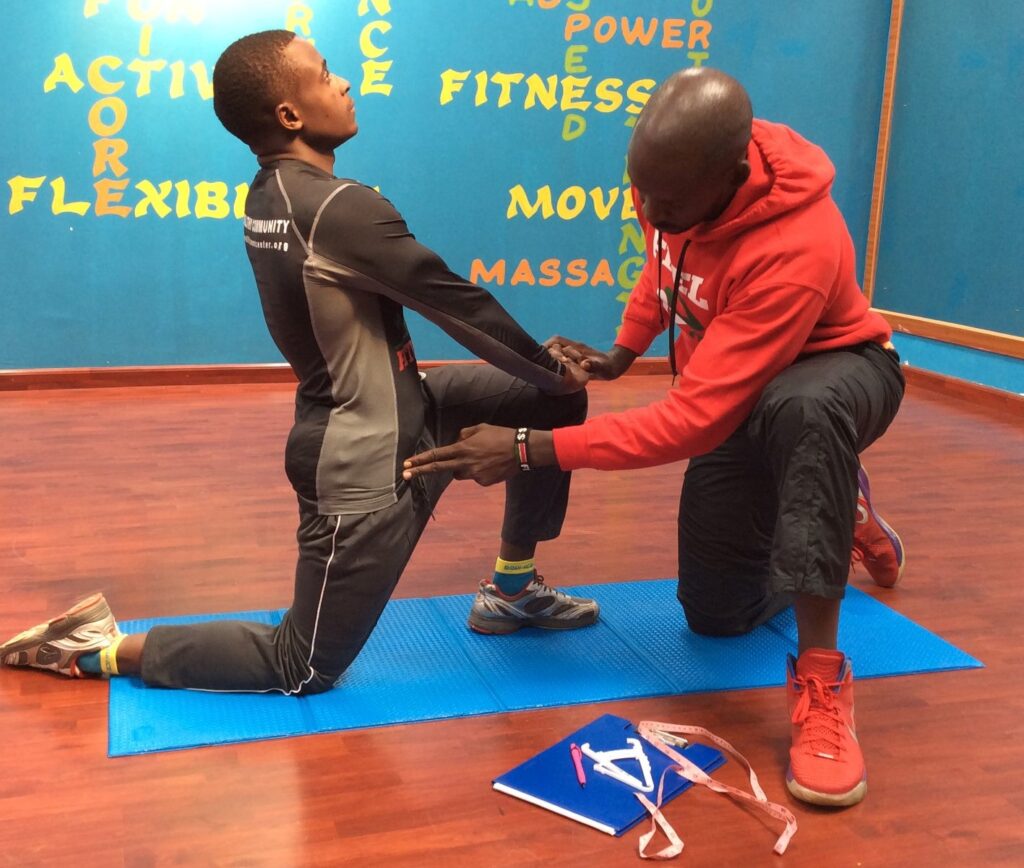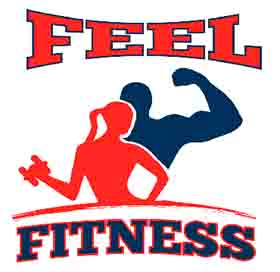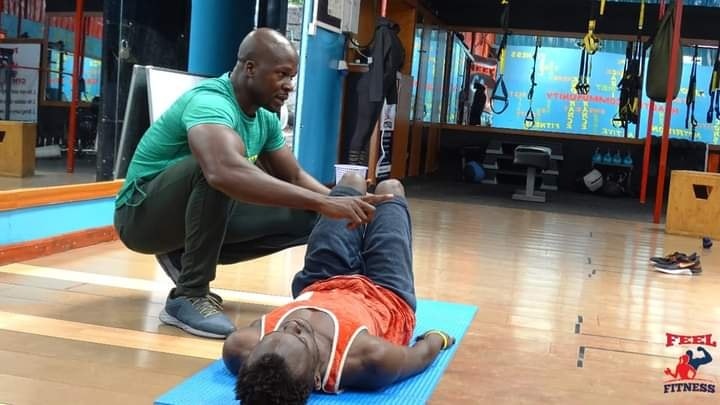Welcome to the comically chaotic world of fitness professionals. Today, we’re diving into the laughable lapses and side-splitting slip-ups that trainers often make. Brace yourself for a workout of wit as we explore the hilarious realm of ‘Common Mistakes That Trainers Make.’ Spoiler alert: forgetting our count halfway through the set might just be the tip of the iceberg!” As an upcoming trainer, to maximize your impact, here are some common pitfalls to sidestep early in your career:
Training clients the same way you train yourself.
I was unaware of the importance of training clients from their unique perspective until I went through a fitness school. Looking back, I cringe at some of the mistakes I made in my zeal to get my clients fit.
Pushing clients is essential; nonetheless, we must be mindful of their limitations in movement patterns. Additionally, when crafting an exercise program, prepare to challenge clients, but not necessarily in the same way you would push yourself or an advanced client. For example, a lunge may seem easy to execute, but a client lacking experience or core strength might struggle with it. Subsequently, once a client has mastered a move, you can then progressively increase the level of difficulty.
Develop an exercise library with multiple-level modifications that you can pull from when necessary. Your emphasis should be on decreasing the intensity or difficulty, on notching up the difficulty from the basic movement, and probably on providing a more sophisticated challenge. It all depends on your client’s abilities and fitness level.
American Council on Exercise.
Stepping outside your scope of practice.
A majority of us sell or prescribe supplements, nutrition plans, and knee or ankle support pads to our clients. Am I right? Do some of us even do massages? We sometimes overlook the importance of collaborating with nutritionists, physiotherapists, therapists, and doctors. If you do, it will give you an advantage in terms of referrals. Let us stick to exercise information, exercise prescription, program design, instruction, and guidance and be the best at our craft. Know what you know and what you don’t, and be mindful of the client’s goals and needs. Not only do you gain professionally through collaboration, but the client benefits as well. If you wish to diversify into other disciplines, get the right education and qualifications for them. Dear doctors out there, I am curious to know. How many of you would consider us as referrals for professional advice regarding exercise prescriptions?
The health and fitness sector is expanding very fast and is seen as a multibillion-dollar industry. It is important to note that, as health and fitness instructors, we have not historically been considered an extension of the healthcare team. I might be wrong, but general practitioner training might be deficient in education on specific health-enhancing physical activity. Is the healthcare system prepared to apply exercise prescriptions as a first line of therapy? When prescribing physical activity to patients, should general practitioners provide information about how and where their patients can “complete” the prescription?
FITPAK Chair-Philip Namasaka.
Unprofessional conduct.
“Picture this: your fitness trainer moonlighting as your counsellor or financial advisor. Asking for stock tips between sets and subtly dropping hints about that extra protein shake money. Meanwhile, you’re desperately trying to raise your dumbbells and not your eyebrows at their questionable investment and political advice. Moreover, the shameless audacity of attempting to solicit funds from you. Oh, and don’t even get me started on the tardiness—arriving fashionably late for your session. As if punctuality is just another form of cardio. Furthermore, have you ever found yourself wondering if you should be working on your core strength or building a wall of sanitizer around the mat to combat the hygiene hazard that seems to be your trainer’s personal aura? Who knew fitness could be this entertaining, risky, and financially or politically perplexing?” Words of a concerned client. What would your client say about you as their trainer?

Failing to carry out a fitness test and not training in all planes of motion.
To the new kids on the block: A good trainer is one who does a fitness test, an assessment, and a regular evaluation. How else will you know the client’s entry level? Would you admit them to primary, junior high, high school, university, or kindergarten? As a client, if your trainer starts you on a program without a test, that is a reason enough to hire another personal trainer. As a general rule of thumb, even after undertaking the test and assessment, a good trainer evaluates and acknowledges that one size never fits all. The beginner, intermediate, and advanced levels and phases of training must be factored in as they design a client’s program. This is very important, my beloved brothers and sisters in our beloved fitness industry.
In the same line of thought, just as our bodies are meant to move in all directions, our joints are structured to allow for movement in specific or multiple planes. Most of us mistakenly focus only on flexion and extension, not keeping in mind that rotation, abduction, and adduction are just as important. Even when conducting our group classes, we should include all planes of motion.
Coach Philip Namasaka.
Having a limited grasp of human anatomy.
If I were ever to write a book on anatomy, I would call it “Muscles and Chuckles: Finding Humor in the Heart of Fitness Anatomy.” In my four years of study in exercise and sports science, this was one subject I never looked forward to attending. From head to toe, navigating the hilarious landscape of anatomy in fitness wasn’t fun at all. Let us not forget that the human body carries about 600 muscles. Did they have to be in Latin or Greek? I doubt my learned friends in the medical discipline loved this particular unit. Maybe they did.
Having a limited understanding of functional anatomy will handicap your exercise programming and design skills. Knowledge of muscle attachments and how they work or move enables instructors to break functional movements down into their isolated parts. Integrating anatomy classes into my continuing education efforts has helped me stay on top of my game. Just as I keep studying the word, I have never stopped being a student of the human body.

Failure to do follow-ups.
Finally, how do you stay informed about your clients’ exercise routines when they travel or are not training with you? Initially, I relied on self-reporting, only to realize later that each time they returned from a trip, their fitness levels had declined. Let us be honest: a large majority of clients find it challenging to stay active without our direct daily influence. Give a round of applause, perhaps, to the three out of every ten of your clients who have mastered the discipline. As a trainer, not only do you have the option to conduct light virtual sessions, but you can also create take-home exercise handouts for clients to follow during their work or business trips. Get creative and keep these workouts simple and easy to accomplish. It could range from desk workouts, light cardio runs, or just some light yoga movement with stretches.
As a trainer, not only do you have the option to conduct light virtual sessions, but you can also create take-home exercise handouts for clients to follow during their work or business trips.
Feel Fitness.
In Conclusion.
In the pursuit of training excellence, the journey is as important as the destination. By steering clear of these common errors, you pave the way for a smoother path toward mastery. Remember, every hiccup is a lesson, and every correction is a step closer to brilliance. With this in mind, lace up those training shoes, embrace the wisdom gained, and let the road to excellence be paved with your commitment to continuous improvement. Subsequently, as you touch others’ lives through exercise, your journey becomes not just a personal endeavor but a shared experience of growth and transformation. Be smart, avoid pitfalls, and elevate yourself to the pinnacle of training mastery.

